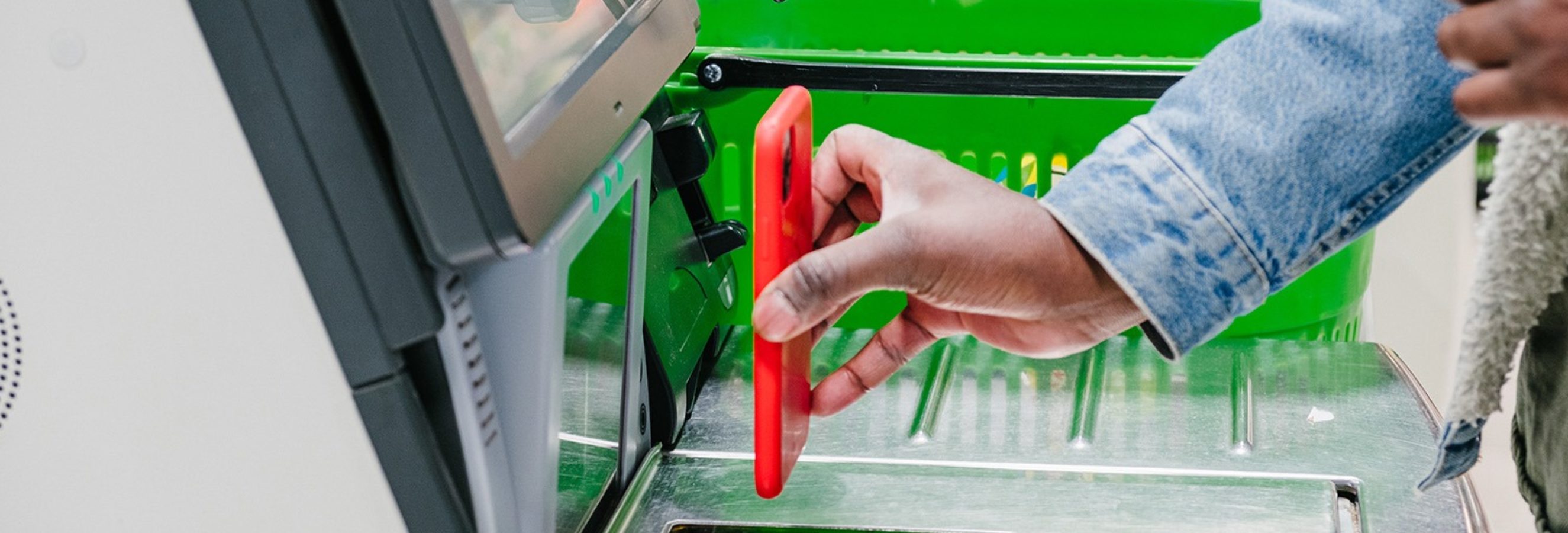New technology, along with a renewed commitment to customer experience is blurring the lines between online and in-store shopping.
It used to be the case that there were two different kinds of shoppers. One preferred to shop brick-and-mortar where they could see and feel the items before buying and then get the instant gratification of taking them home immediately. The other preferred online shopping and the convenience of shopping from home and finding exactly what they want at a competitive price and having it delivered right to their door.
However, over time the two kinds of shopper have merged and the line between digital and physical has blurred. Shoppers that used to predominately shop brick-and-mortar are now shopping more online and vice-versa. Each ventures more into the other’s territory and back again keeping one foot planted firmly in the old way of shopping. The new reality is a customer that demands the service immediacy of physical retail along with the transparency and convenience of ecommerce no matter where they shop.
For retailers, integration between the physical and digital worlds is extremely complex given incongruous systems, incompatible technologies, dissimilar logistics, and asymmetrical associates.
All these negative experiences can be referred to as friction. Retailers need to create a frictionless shopping experience and to do it they’ll need a sizeable investment in technology and a thorough understanding of consumer expectations.
The following will be especially important:
1. Digitally Trained Associates
The rise of social media, ecommerce and the internet mean that individual consumers are more knowledgeable than ever about prices, availability, and product features. Unfortunately, store associates are often not as informed. Store associates need to be armed with the same tools in the palm of their hands as their customers have so they can give up-to-date product, inventory, and pricing information.
2. Inventory Optimization
There will continue to be inventory communication conflicts between the physical and digital worlds. Retailers must invest in inventory management technology that provides real-time data about the availability, location, and demand of inventory in warehouses and on shelves. By collecting data about products and consumer trends, machine learning and AI will soon allow retailers to respond to trends by being proactive instead of reactive.
3. Touchless Checkout
As shoppers continue to seek speed, convenience, and control in their purchase experience, the adoption of touchless checkout and contactless payment technologies has become increasingly prevalent. These solutions not only streamline the shopping journey but also reduce friction at a critical point of interaction. Forward-thinking retailers are advancing this evolution by removing traditional registers altogether, as exemplified by Apple and Amazon’s “Just Walk Out” formats, redefining what a seamless checkout experience can be.
By adopting technologies that minimize friction, retailers have an opportunity to address shoppers’ most pressing concerns. The end goal is a single, cohesive customer journey that empowers associates, elevates brands, and satisfies customers.
